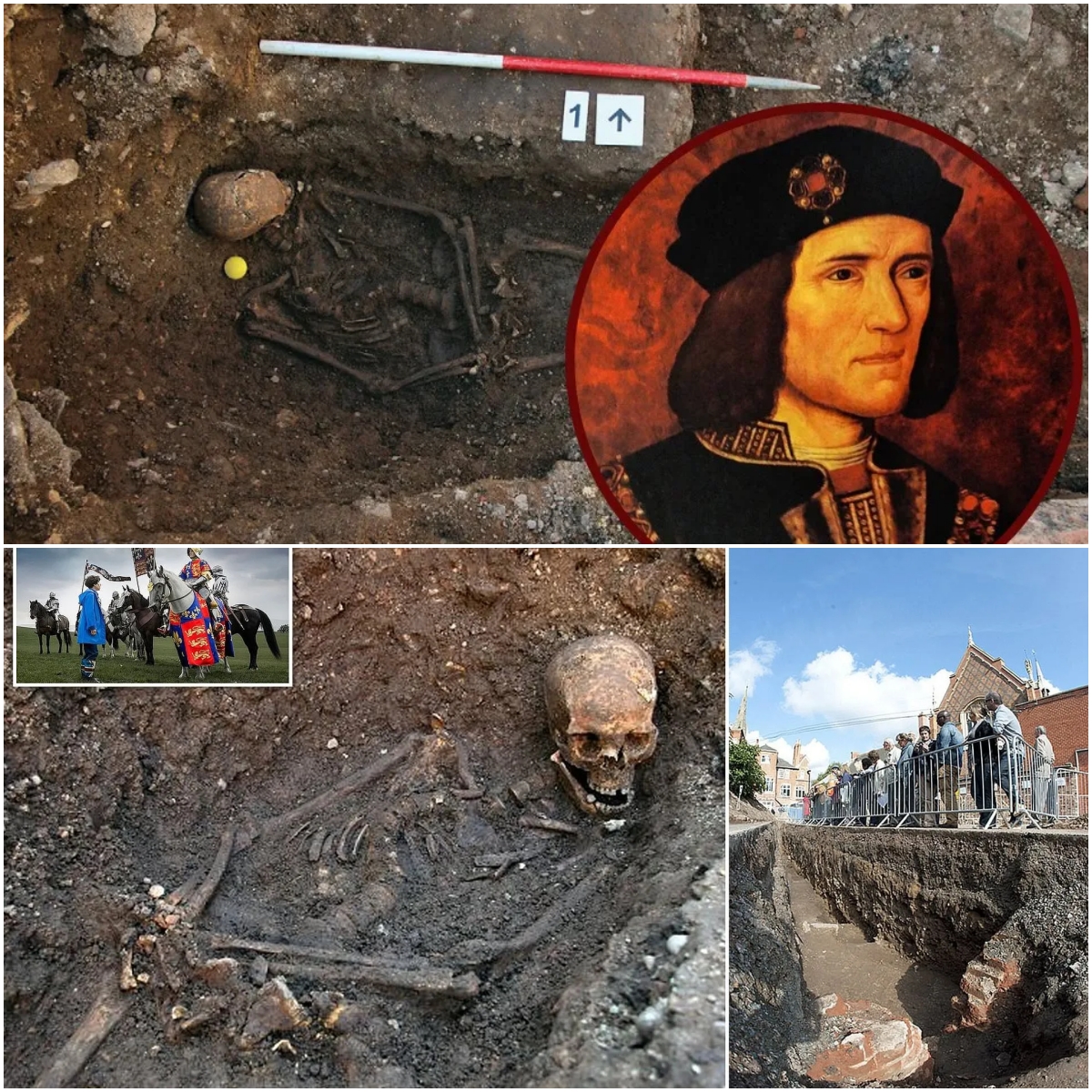Stone Skeletons’ Enigma: Relics or Vatican Craft?
A relic hunter nicknamed ‘Indiana Bones’ has lifted the lid on a macabre collection of 400-year-old jewel-encrusted skeletons unearthed in churches across Europe.
Art historian Paul Koudounaris hunted down and photographed dozens of gruesome skeletons in some of the world’s most secret religious establishments.
Incredibly, some of the skeletons, said to be remains of early Christian martyrs, were even found hidden in dungeons and containers.


Saint Valerian in Weyarn: Art historian Paul Koudounaris chased down and photographed dozens of gruesome skeletons in some of the world’s most secret religious establishments.
Saint Albert and Saint Felix: Incredibly, some of the skeletons, said to be remains of early Christian martyrs, were even found hidden in dungeons and containers.
Now they are the subject of a new book, which for the first time sheds light on forgotten ornate relics.
Thousands of skeletons were unearthed from Roman catacombs in the 16th century and installed in cities in Germany, Austria and Switzerland by order of the Vatican.
They were sent to Catholic churches and religious houses to replace relics destroyed in the wake of the Protestant Reformation in the 16th century.
Spooky: Saint Deodato in Rheinau, Switzerland (left) and Saint Valentine in Waldsᴀssen (right). The skeletons were sent to Catholic churches and religious houses to replace relics destroyed in the wake of the Protestant Reformation in the 16th century.


‘After they were found in the Roman catacombs, Vatican authorities signed certificates identifying them as martyrs, then packed the bones into boxes and sent them north.
‘The skeletons were then dressed and decorated with jewels, gold and silver, mostly by nuns.
‘They had to be administered by those who had made a sacred vow to the church; They were believed to be martyrs and could not allow just anyone to manage them.
‘They were symbols of the triumphant faith and were saints in the municipalities.


‘One of the reasons they were so important was not their spiritual merit, which was quite dubious, but their social importance.
‘They were thought to be miraculous and really solidified people’s bond with a city. This reaffirmed the prestige of the city itself.’
And he added: “It is impossible to assign a modern value to the skeletons.”






